Exotic pets: a list of pets and their keeping secrets
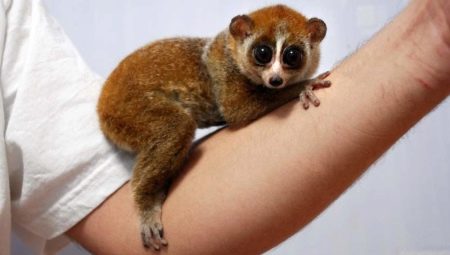
Despite the fact that exotic animals need special conditions and constant care, this does not stop exotic lovers. They give birth to all kinds of creatures today.
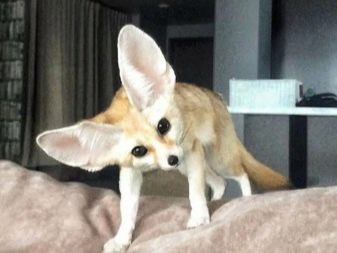
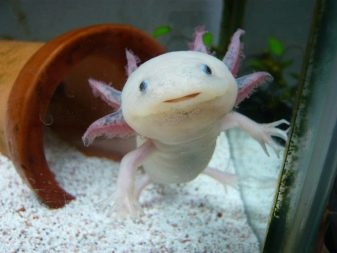
Advantages and disadvantages
Keeping exotic animals has positive and negative sides. On the positive side, there is a wide choice: there are many such animals. They are interesting for their unusual appearance and rarity, they come in different sizes, have a different character.
Unfortunately, there are more disadvantages of keeping such pets. They are more likely to get sick, the reason for which is ignorance of the conditions of care and feeding. These are not toys, but living beings. They need a certain temperature regime, as well as the degree of illumination and humidity. They are quite picky about their food.
Many of them are uncomfortable in the confined space of city apartments or private houses. Some are too big for this, others have a constant need to dig holes. In addition, exotic animals often cause discomfort to household members.
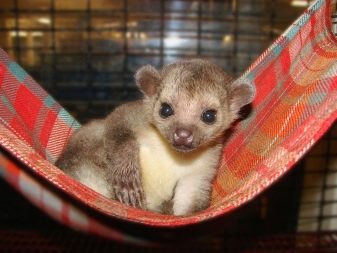

Therefore, before you buy yourself a pet, you need to weigh the pros and cons.
What kind of animals will Russians be prohibited from keeping at home?
According to the draft decree of the Government of the Russian Federation "On the Responsible Treatment of Animals and on Amendments to Certain Legislative Acts", a list has been developed to prohibit the keeping of exotic animals in 4 large groups. Today, in city apartments or private houses in Russia, it is impossible to start:
- large carnivorous animals weighing more than 20 kg (bears, lynxes, panthers, clouded leopards, cheetahs, and cougars);
- poisonous representatives of wildlife (asps, snakes, vipers, spiders, scorpions);
- marine mammals that cannot create optimal living conditions (a detachment of whales, sirens, eared seals, walruses);
- large animals that find it difficult to create conditions for keeping (tapirs and hippos, elephants and giraffes, great apes, cranes, ostriches and pelicans, penguins, porcupines, artiodactyls).
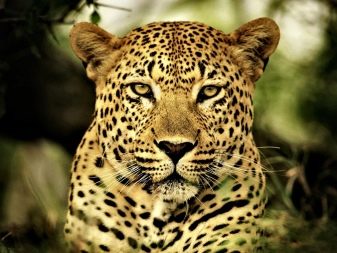
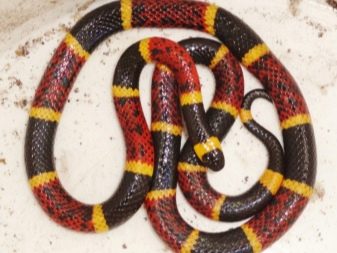

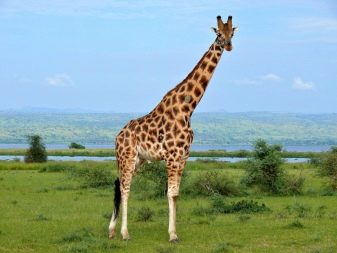
The ban applies to all animals, regardless of the consent or disagreement with this potential breeders. However, if the animal was purchased earlier, it can live with the owner until natural death occurs. In the near future, it is planned to implement the confiscation of pets that are on the ban list.
List of pets
It is customary to call exotic animals that live in latitudes unusual for people. For example, the following are on the allowed list:
- mammals (raccoon, lemur, hedgehog, fenech, mini-donkey, bengal cat, chinchilla, sloth);
- arthropods (stick insect, Madagascar cockroach);
- reptiles (Pond slider);
- fish and amphibians (axolotl, piranha).
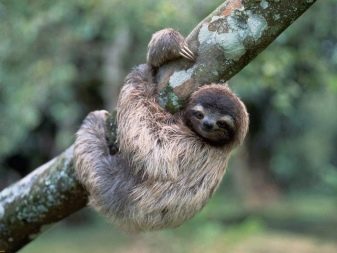
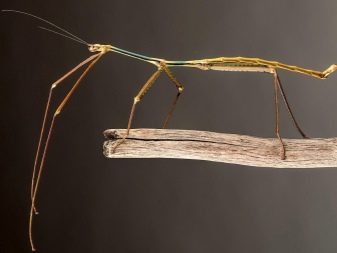
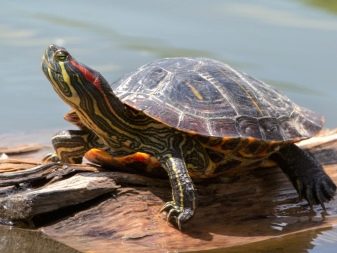
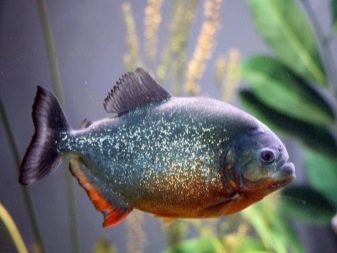
We offer you to get acquainted with the description of some of the exotic animals included in the top of the most popular pets.
Raccoon
This animal can live in captivity within 16-18 years, if not limited in movement. He seems shy, reacts to noise and harshness of movement. Naturally curious and hardworking, he does not sit idle, he is characterized by a constant need for work. In view of this most of the master's things will be "rubbed".
All small objects that fall into the field of view, he will rinse in water, be it a master's socks or a smartphone.
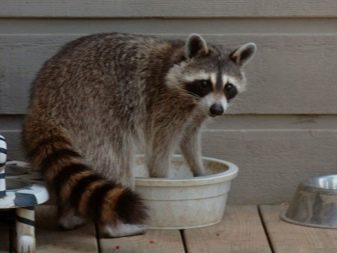
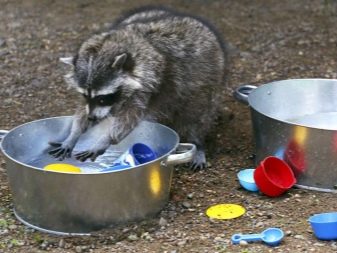
If you wish, you can try to train the raccoon. Thanks to his excellent appetite, he will eat everything. You can feed him with meat, vegetables, nuts, dairy products and even eggs. It is impossible to leave the pet unattended, because then the animal may become interested in mastering cabinets and damaging the wallpaper. Poloskun loves affection, and therefore puts up with the presence of a person.
Poloskun is easygoing and sociable. He needs to acquire a lot of toys. In addition, it is worth getting a spacious cage. When he gets bored, he often wakes up the owners in search of attention. If other pets live at home, the raccoon can steal their food.
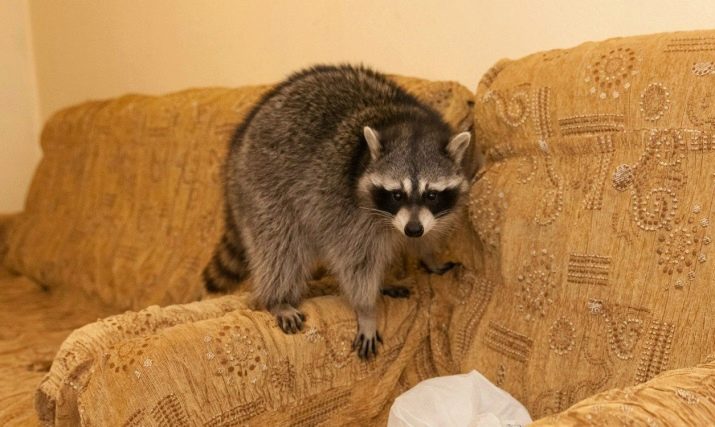
Lemur
Lemur-lori amazes with its unusual appearance, the size of a small animal is 18-21 cm. With a small stature, he is distinguished by large eyes with a compassionate look. The furry animal is nocturnal, in captivity it can live up to 5-7 years. He is lazy and fearful, pondering his every action. He makes sounds only when his own life is threatened.
Does not cause allergies, can get along with other pets... Eats plant and animal food, loves coconut milk, tree bark, dates, bananas, insects, lizards, frogs and chameleons. He needs a large vertical cage in which he can climb. A place to sleep must be equipped somewhere above.
The cage must have a secure shutter, since the loris are quite smart and a simple mechanism will learn to open quickly. Food should be given to the animal in a crushed form. Food containing dyes, thickeners and carcinogens is excluded. You need to feed the baby correctly, otherwise it will have a detrimental effect on his health.
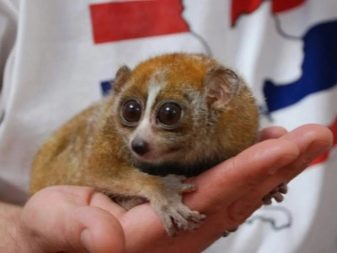
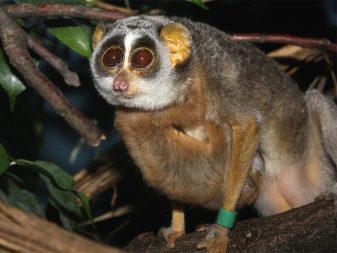
Hedgehog
Houses usually try to get small hedgehogs. For example, it might be an African hedgehog that prefers to sleep during the day and stay awake at night. The animal is unique: it loves to dig tunnels in soft bedding, and when it gets acquainted with some smells, it applies its saliva to the thorns. When he's alert – spreads thorns when relaxed – allows himself to be ironed.
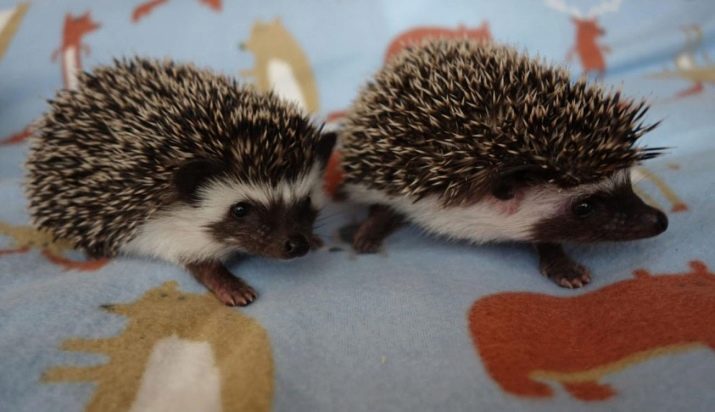
He eats bugs, larvae and special dry food, as well as boiled meat, chopped vegetables and some fruits.His paws are delicate, so the pet must be protected from possible injury. He needs a spacious cage. In addition to it, you need a wheel in which the hedgehog will run at night.
It is impossible to feed African hedgehogs with anything, from this they can get sick. It is necessary to accustom such pets to walking gradually, since stress can lead to baldness. For a comfortable stay, they need soft houses or bedding in which they will bury.
Babies love attention, relax after bathing, but they need to be protected from cooling.
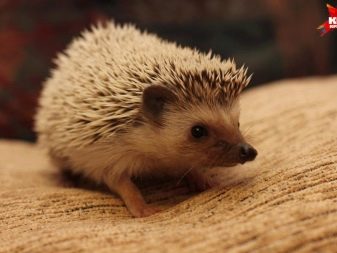
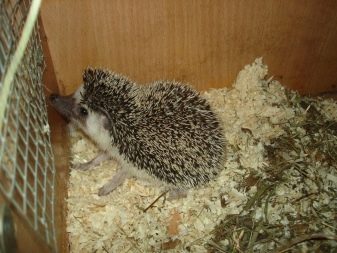
Axolotl
This is a cute and unusual creature, salamander larva, attracts attention with a funny face and resembles a finless fish with legs or a tiny Chinese dragon. The axolotl reproduces as a larva... Its color can be pinkish, black, blue, brown, white (houses usually try to have individuals of light shades).
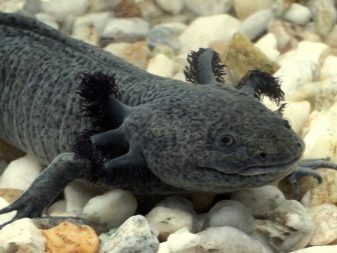
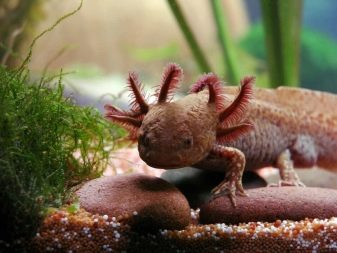
Axolotl sizes can vary from 15 to 20 cm.They themselves are not only funny, but also finicky. It is necessary to keep them in the aquarium, making sure that the necessary conditions are maintained inside. You need to feed the amphibians with small shrimps, mussels, and fish fillets.
The size of the aquarium should be large enough for a comfortable stay. You will need to purchase a thermometer, special soil, and take care of the backlight. Under optimal conditions, the axolotl can live in captivity for up to 10 years. Wherein puberty will depend on the ambient temperature.
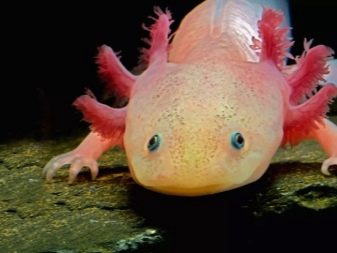
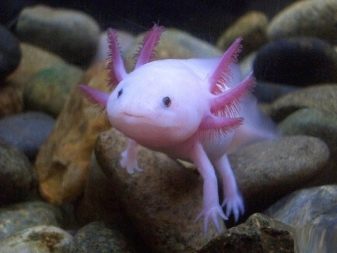
Madagascar hissing cockroaches
For a certain category of exotic lovers, large cockroaches become the best pets. They love to be stroked and hiss when they see something as a threat. By themselves, Madagascar cockroaches are non-aggressive and calm. They must be kept in the aquarium, tightly covering the top with a net.
It is necessary to maintain the illusion of a tropical climate: the room should be humid and warm. It is important to provide free access to water for pets... Cockroaches are unpretentious in care, they do not need special attention. You can feed them both vegetables and fruits, and paper. They can also eat grass and fallen leaves.
Remarkable is the fact that in natural conditions, they live no more than 2 years, while in greenhouses their life resource increases to 4-5 years. Moreover, in nature, their growth can reach up to 10 cm. Individuals living at home grow up to 6 cm.
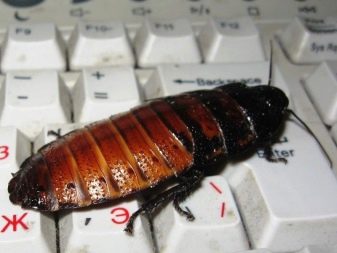
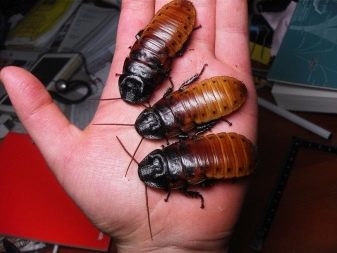
Kinkajou
This animal belongs to the raccoon family. Hindus call it a flower or honey bear, which is explained by the baby's love for sweet fruits and honey. A handsome South American man in captivity can live only when a large aviary is equipped for him. The animal loves to be at the top of the trees, climbing higher.
The owner of the prehensile tail needs to navigate the trunks. It has a long tongue so it can feed on the nectar of flower buds. He can also eat sweet fruits, he loves bananas, mango, avocado. Does not refuse eggs, small mammals, lizards, frogs, ants and termites.
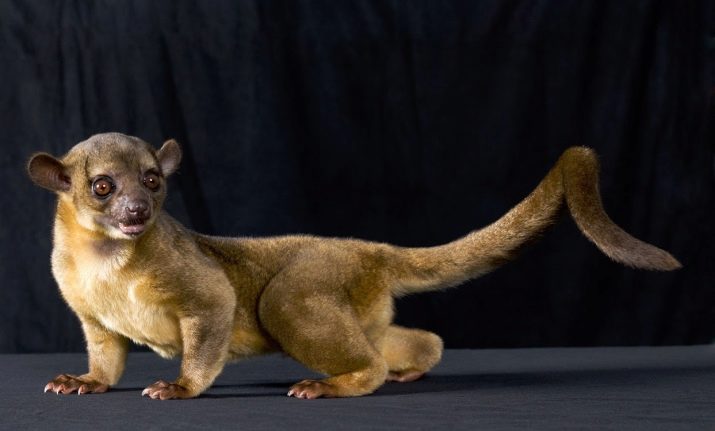
During the day he tries to hide, he can live in captivity for up to 25-30 years.
Lives less in the wild because often becomes food for other predators. The animal can be tamed, but for this it is necessary to take it when it is 1.5 to 3 months old. Before you start such a pet, you must take into account that it can serve as a source of bacterial infection. Infection occurs with a bite.
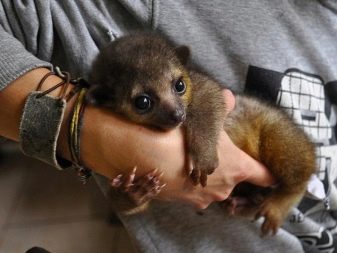
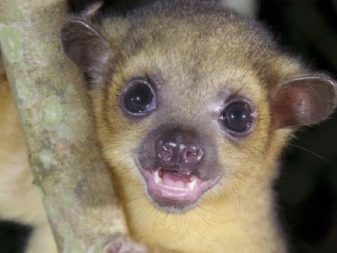
Fenech
The size of a desert fox does not exceed the size of a small city cat. The animal weighs only 1.5 kg and has disproportionately large ears. Fenech cannot be trained, he is wayward and stubborn, but he loves affection and gets along with cats. To support the baby, he will have to provide a desert climate.
In order for the desert fox to be comfortable in the house, you need to build a large cage for it or allocate an entire room.The animal needs to dig holes, so the floor should be sandy. It is difficult to train an exotic animal to the toilet (tray). However, there should be no problems with feeding. Fenech eats both natural food (cereals, vegetables, fruits, meat) and ready-made industrial feed.
The eared chanterelle is extremely curious, therefore without the attention of the owners will find adventure... She can throw objects off the table, try to dig holes in upholstered furniture. She behaves more actively at night, which is why she may not let her master sleep.

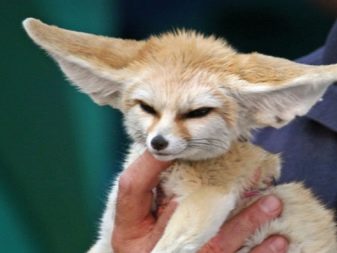
Opossum
The Australian possum is called sugar opossum because it loves sweet things. In its natural habitat, it feeds on nectar, pollen and fruits. Before bringing the animal home, he will have to equip a spacious cage by installing a house or a mink in it. Wherein you will need a cage much larger than for normal rodents.
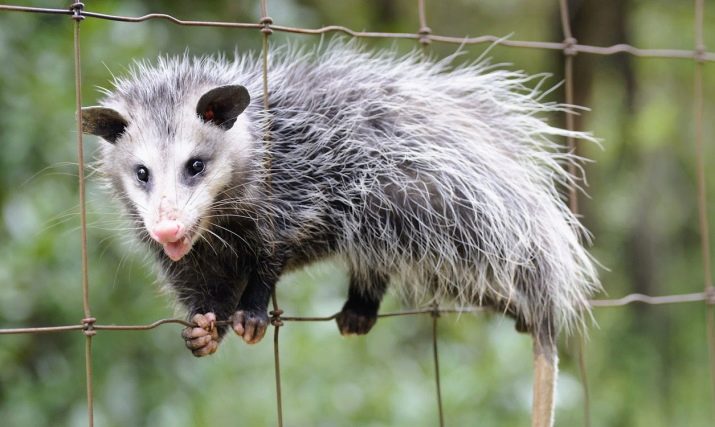
If the pet is restricted in movement, it will become withdrawn. He is not aggressive, but rapprochement with the owners will not occur with such treatment. We need constant walks, the animal must feel freedom. To get rid of the unpleasant odor, you need to train your pet to the litter box.
Opossums are nocturnal animals, and therefore sleeping in the house at night will not work. As for food, you will have to select a diet taking into account all the needs of the animal. For example, in addition to fruits, you need to provide him with food in the form of zophobes, worms, larvae. The appetite of the breed is excellent, they pull fruits, leaves, small rodents, crabs, crayfish, oil into their mouths.
In addition, they love apples, nuts, and also need edible chalk.
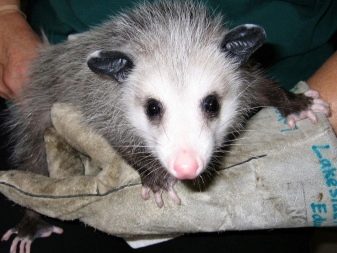
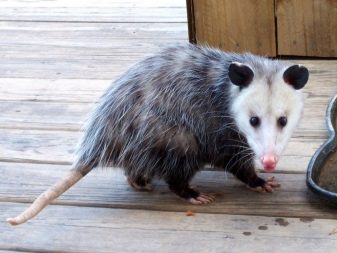
Degu
The Chilean rodent has a lifespan of about 14 years. Compared to other exotic pets, it is tameable. A rat that looks like a squirrel must live in a spacious metal cage, since it will chew on a wooden one very quickly. She is non-aggressive, and besides, she quickly gets used to her master.
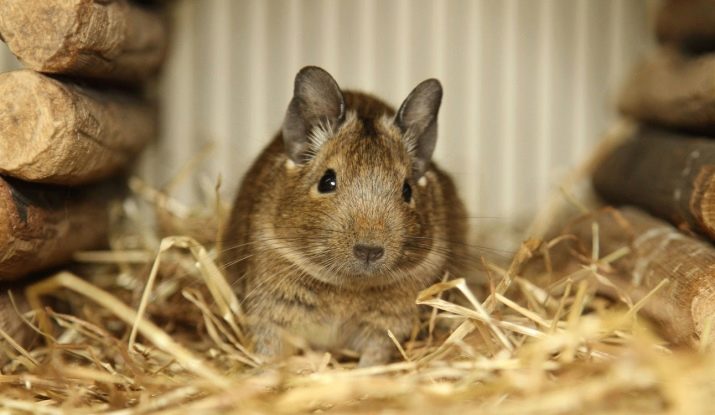
The rodent's dwelling should have several floors. It is pointless to cover its bottom with straw, since the animal will taste it. Hay should not be used because it can cause respiratory problems. In addition to the cage, you will need a sand bath, because the animal is washed with it.
You need to feed your baby with cereals, fresh nettle, dandelion, plantain. Loves degus beans, lentils, peas, bark of fruit trees, as well as dried fruits and berries (e.g. apples, hawthorn). In addition, it is necessary to include pumpkin seeds in the diet, as well as hazelnuts. Food from the master's table is destructive for a pet. For the sake of variety, you can feed your baby with industrial food for chinchillas or guinea pigs.
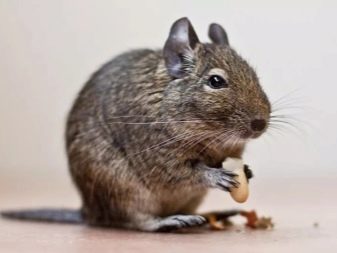
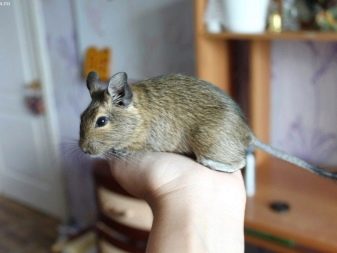
Bengal cat
Those who do not like cats can have an exotic Bengal in a spacious apartment or a private house. He has excellent jumping ability, loves water, is an active animal with good immunity. The weight of such a cat can reach 5-9 kg. He is sociable, but freedom-loving, he loves to hunt, but he will not ask for trouble.

In grooming, he practically does not differ from ordinary cats.... It is necessary to monitor the condition of the coat, to remove the dead wool in time. It is worth getting a scratching post to distract your pet's attention from wallpaper or other wall cladding, as well as carpets.
As for the food, the Bengals poorly digest food from the human table. However, the feed can be not only industrial (in dry form), but also natural. Bengal cats love poultry, poultry offal, rabbit meat, lean beef.
In addition to meat, they need cereals, boiled and raw vegetables, low-fat dairy products and vitamins.
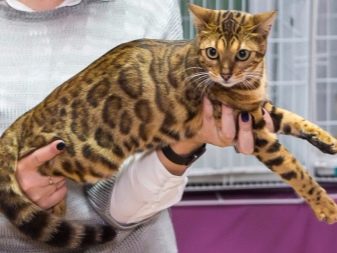
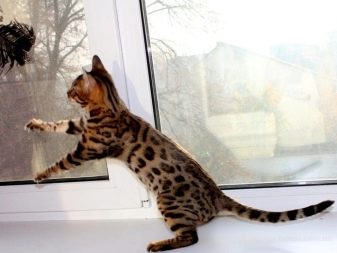
Nosuha
This animal belongs to the raccoon family, it is pleasant for its appearance and unusual movable nose, reminiscent of a small proboscis. The dimensions of the noses are about the same as those of ordinary cats. However, unlike them, the animal loves water and, like a gargle, prefers to wash its prey in it. He tries to look for food in the daytime, climbs a tree at night and falls asleep, feeling safe.
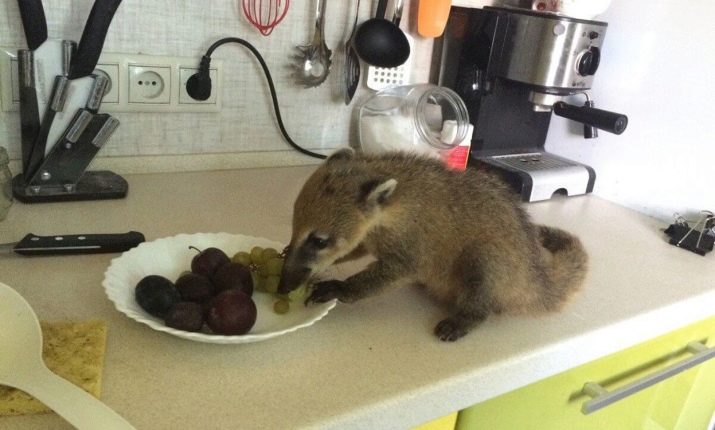
Despite the fact that the pet optimally quickly adapts to new living conditions, he needs to create an atmosphere as close as possible to the wild. Moreover, a prerequisite will be the equipment of the pool, in which the pet can swim and "wash". The animal needs movement, it is active, and therefore its restriction can have a detrimental effect on health.
Nosuha is not picky about food, she will gladly treat herself to a banana, apple, porridge. In addition, it is necessary to feed the animal with grapes, as well as lean meat (for example, veal). The food should be varied, so you will have to feed your pet with fish, eggs, cottage cheese and even slices of slightly dried white bread.
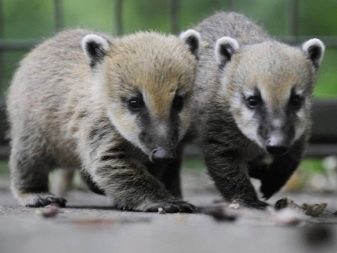
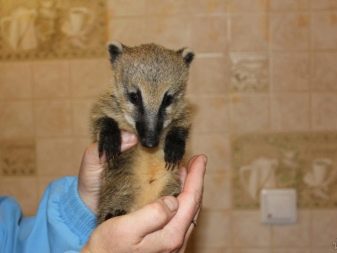
Content rules
Each animal has its own characteristics, differs in character traits and degree of activity, in its own way adapts to new living conditions. Also, do not forget that many of the animals on this list are nocturnal. You need to buy this or that animal only after the potential owner has weighed his strength. These are not ordinary cats or dogs.
Many exotic "pets" have to create specific conditions for a comfortable stay... They cannot be ignored, because this is often the main reason for the reduction in the life expectancy of an unusual pet. Animals should not be locked in cramped cages. In most cases, before you bring a new friend home, you have to equip whole enclosures for him.
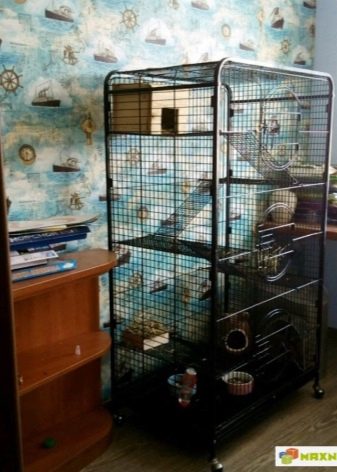

It is important to review information about nutrition, comfortable conditions for a particular individual. It is also necessary to decide whether the owner will be able to put up with the noise of those pets that are awake at night, rustling, scratching, digging holes, while making sounds characteristic of a particular species. A wild animal will not be able to adapt to a person, and if this is treated irresponsibly, living a pet in this house will be similar to serving time in a prison cell.
No screams or threats will make your pet sleep during the day.
Before purchasing, you need to study the features of the content and information about whether the animal you like is allergic, whether it bites, what is its nature. It is important to find out if it can be tamed, if it is not dangerous for household members. Particular attention must be paid if small children or family members with weakened immunity live at home.

You need to thoroughly study all the nuances, because after the purchase you can face unpleasant surprises. For example, a seemingly harmless iguana can attack women who are menstruating. In addition to them, she can bite someone who is nearby at this time. Some animals can die from prolonged sexual abstinence.
You need to think not only about feed and cages: you will have to constantly visit the veterinarian. At the same time, you should be prepared to spend, because if the animal gets sick due to inappropriate conditions, treatment can cost a pretty penny. The hospital will cost more.
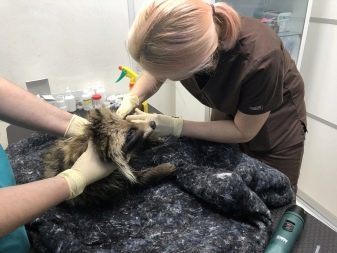
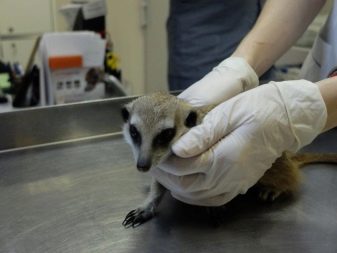
For interesting facts about the raccoon, see the next video.








